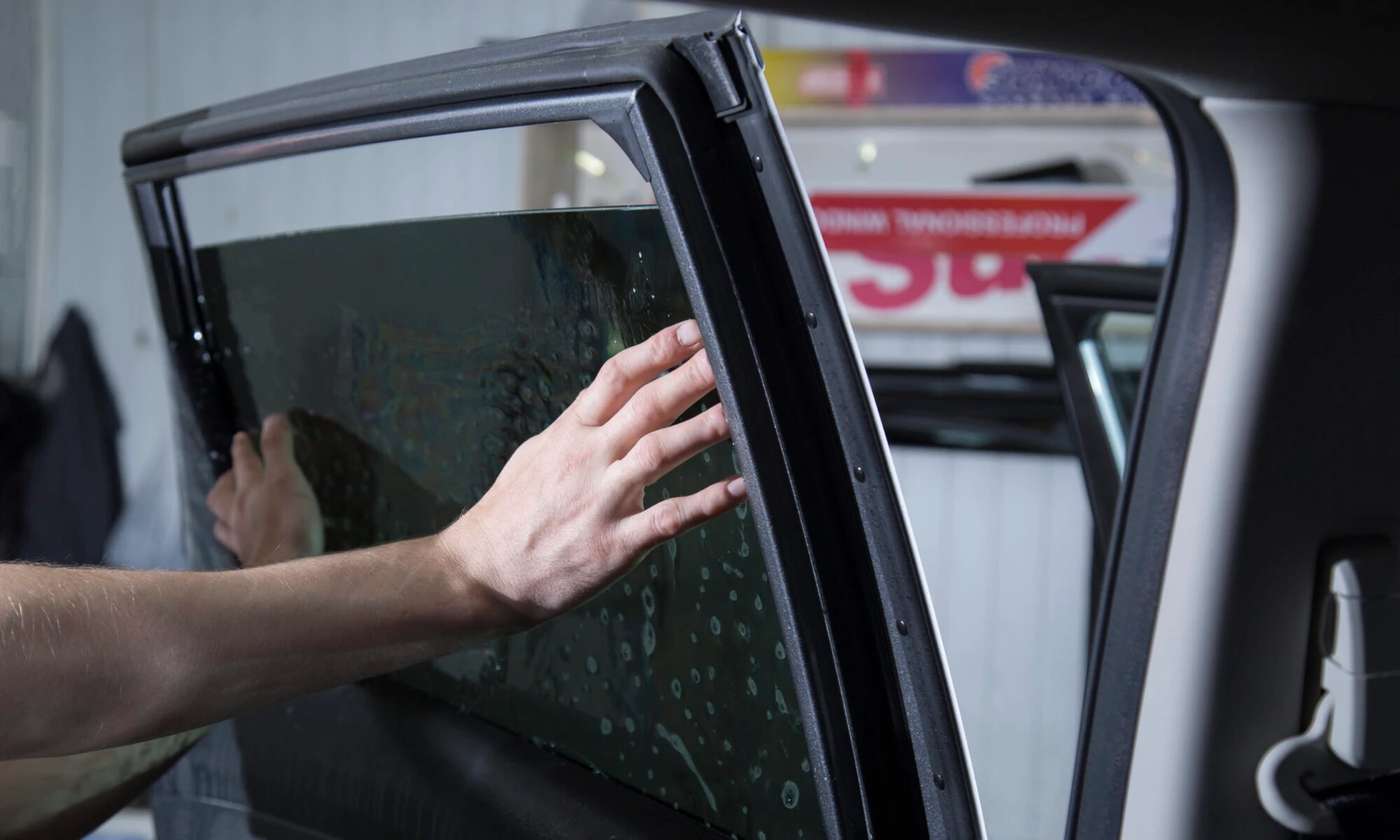Professional vs DIY Window Tinting: Which Option is Right for You?
Professional vs DIY Window Tinting: Which Option is Right for You?
Blog Article
The Refine of Professional Window Tinting Explained
From selecting the right film kind to the meticulous prep work of home windows, each action plays a crucial role in achieving a flawless application. Following these first prep work, the mindful cutting and application of the movie demand accuracy to stay clear of flaws.
Selecting the Right Home Window Movie
The preliminary consideration is the type of film, which can vary from dyed, metalized, to ceramic films (window tinting). Dyed movies mostly give personal privacy and visual improvement, while metalized films reflect warmth and UV rays, boosting power efficiency.
Next, consider the film's Visible Light Transmission (VLT) portion, which identifies just how much light enters the space. A lower VLT supplies better personal privacy and warm rejection yet might lower all-natural light considerably. Furthermore, the film's solar heat gain coefficient (SHGC) is crucial; a reduced SHGC shows better thermal performance, helping to keep indoor convenience.

Preparing the Windows
Once the ideal home window film has actually been picked, the next step is extensively preparing the windows for installation. This preparation is crucial for accomplishing optimum bond and ensuring a perfect appearance post-installation.
The initial job entails cleaning up the home windows carefully (window tinting). A top quality glass cleanser is important, ideally one that is ammonia-free to stay clear of harmful any kind of home window seals or tint materials. Making use of a lint-free fabric or paper towels, professionals must eliminate any type of dust, dust, or oil, paying unique focus to the edges and corners where debris often collects

Reducing the Film
A specific technique to reducing the film is important for making sure an excellent fit on the ready home windows. This step calls for both ability and focus to detail, as inaccuracies can bring about unpleasant gaps or overlaps that concession the visual and practical high qualities of the tint.
Prior to reducing, the specialist need to measure the window measurements accurately, making up any type of unique forms or shapes. It is a good idea to use high-grade window movie, as this material often tends to be more flexible throughout the cutting process. The film is commonly laid flat on a clean, smooth surface, and a sharp energy blade is employed to make certain clean sides.
To attain ideal outcomes, many experts use design templates created from previous installments or make use of software application to develop precise patterns. A typical method involves adding an extra margin to the design template, permitting adjustments throughout the application stage.
In addition, reducing the movie in webpage a controlled atmosphere decreases the risk of contaminants impacting the sticky side. By adhering to these precise techniques, window tinting experts can make sure that the movie not only fits flawlessly but also performs successfully gradually, enhancing both appearance and capability.
Using the Tint
After diligently reducing the movie to the proper dimensions, the next step entails using the color to the window surface area. This procedure starts with making sure that the window is clean and devoid of any kind of dust, debris, or residues that can influence adhesion. A customized cleansing option is commonly made use of, followed by complete drying out with a lint-free cloth.
When the surface area is prepared, the installer will thoroughly place the color movie versus the glass. It is important to align the movie accurately to stay clear of misplacement, as any mistakes can cause an unprofessional appearance. To promote this, the installer may utilize Home Page a light haze of application solution on the glue side of the film, permitting slight repositioning if essential.
Utilizing a squeegee, the installer will certainly then begin to push the film onto the glass, working from the facility outwards to eliminate air bubbles and make sure a firm bond. This strategy is essential, as it ensures a smooth and remarkable finish. Throughout the application, interest to detail is vital to prevent creases or blemishes, ensuring that the color not just boosts aesthetics yet also gives the desired performance.
Last Inspection and Care
The final assessment is an important action in the window tinting procedure, making sure that the setup meets both aesthetic and practical standards. During this phase, professionals thoroughly check out the mounted color for any type of imperfections, such as bubbles, folds, or imbalances. An extensive examination additionally includes inspecting the adherence of the film to the glass, along with its harmony and total look.
After the inspection, appropriate treatment and upkeep instructions are offered to the client. It is essential to inform them concerning the advised timeline for cleansing the colored windows, typically suggesting a wait of a minimum of thirty day after setup to enable the sticky to treat fully. Clients need to websites be enlightened on appropriate cleansing items and techniques, emphasizing the evasion of ammonia-based cleansers that can damage the tint.
In addition, experts need to suggest customers on the significance of routine maintenance to lengthen the life of the tint. This includes periodic look for indicators of wear or damage and responding immediately to any type of problems. By guaranteeing a thorough last examination and providing clear care guidelines, home window tinting professionals improve customer contentment and the durability of their job.
Final Thought
The expert window tinting procedure encompasses numerous crucial steps that guarantee top notch outcomes. Choosing the appropriate movie kind, preparing the home windows thoroughly, precisely cutting the film, and applying it with accuracy are important for accomplishing a perfect coating.
Report this page